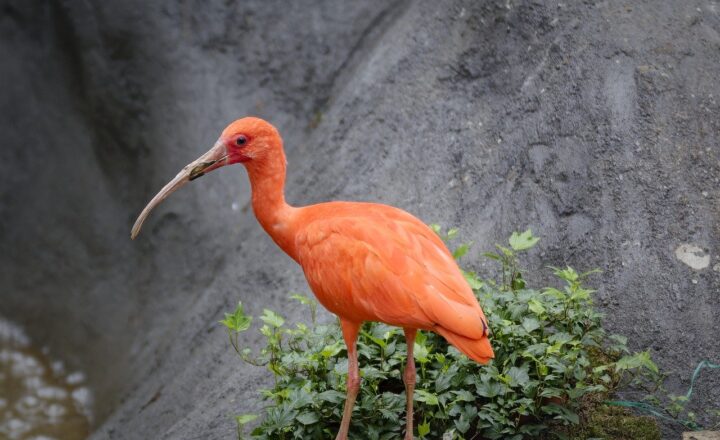The Bizarre Islands Where Animals Rule and Humans Are Rare Visitors
November 16, 2024

Islands have always held an air of mystery, filled with unique wildlife and extraordinary landscapes, often making them a paradise for animals while humans remain mere guests. Across the globe, some of these islands are so remote, so inhospitable, or so strictly protected that humans rarely set foot on them, allowing animal populations to thrive in their natural states.
Let’s explore some of these fascinating islands where animals rule, and humans are the intruders on their serene territories.
1. Madagascar: The Unique Home of Lemurs
Madagascar is renowned for its spectacular biodiversity, with over 90% of its wildlife found nowhere else on Earth. This large island off the southeastern coast of Africa is famously home to various species of lemurs, many of which are endangered. The isolation from the African mainland allowed unique species to evolve, making Madagascar a living laboratory of evolution.
The captivating and eclectic wildlife offers visitors a glimpse into a world ruled by nature.
– Animals to See: Over 100 species of lemurs, chameleons, and unique birds such as the Madagascar fish eagle.
– Human Interaction: Strict conservation policies limit human access, with only select areas available for ecotourism.
2. Socotra Island: A Lost World of Flora and Fauna
Socotra Island, located in the Arabian Sea, is often described as one of the alien-looking places on Earth due to its unique and ancient flora. Socotra’s biodiversity includes many endemic species, such as the iconic Dragon Blood Tree and the Socotra tortoise, making it a remarkable habitat.
The island’s isolation from neighboring continents over millions of years has fostered a haven for wildlife while keeping human visitors at bay.
– Animals to See: The Socotra tortoise, Socotra cormorant, and multiple endemic species of birds.
– Human Interaction: Limited access due to conservation measures and political instability in the region.
3. North Sentinel Island: The Uncontacted Tribe
Part of the Andaman Islands in India, North Sentinel Island is famous for its uncontacted indigenous tribe, the Sentinelese, who have resisted all attempts at outside contact. The Indian government has declared the island off-limits to protect both the tribe and outsiders from potential disease transmissions. This makes North Sentinel an extraordinary example of how human presence can adversely affect indigenous species and cultures.
– Animals to See: The island is home to various endemic wildlife species, including sea turtles and unique birds, untouched by human influence.
– Human Interaction: The island is strictly off-limits, ensuring that the Sentinelese maintain their way of life.
4. Santorini Lighthouse Island: A Secluded Refuge
In the Aegean Sea, Santorini Lighthouse Island (or Aspronisi) remains largely uninhabited and is rarely visited by humans. The island’s stark beauty and rocky terrain serve as a sanctuary for native wildlife, particularly birds. The remoteness of the island and its environmental conditions provide a unique habitat for various seabirds, making it a destination for birdwatchers.
– Animals to See: Various seabird species such as the Eleonora’s falcon and Mediterranean monk seal.
– Human Interaction: Limited visitation, primarily for research and observation purposes.
5. The Galápagos Islands: A Living Laboratory of Evolution
The Galápagos Islands, located in the Pacific Ocean, are famous for Charles Darwin’s theory of evolution by natural selection. The archipelago hosts many unique species such as the Galápagos giant tortoise and marine iguanas. Thanks to strict regulations that limit human activities, the ecosystems here remain mostly undisturbed.
Visitors are allowed in designated areas, ensuring that the islands maintain their ecological balance.
– Animals to See: Galápagos tortoises, marine iguanas, and the blue-footed booby.
– Human Interaction: Managed ecotourism with regulations to protect the wildlife and ecosystems.
Conclusion
From Madagascar’s lemurs to North Sentinel’s untouched tribes, these extraordinary islands showcase ecosystems where animals reign supreme and humans are merely fleeting visitors. These isolated paradises remind us of the importance of conservation and the delicate balance of nature. Protecting these unique habitats not only benefits their resident wildlife but also preserves the rich biodiversity of our planet, allowing future generations to experience the wonders of these bizarre islands.
Remember, as we venture into these natural sanctuaries, it is our responsibility to respect their inhabitants and their way of life.








